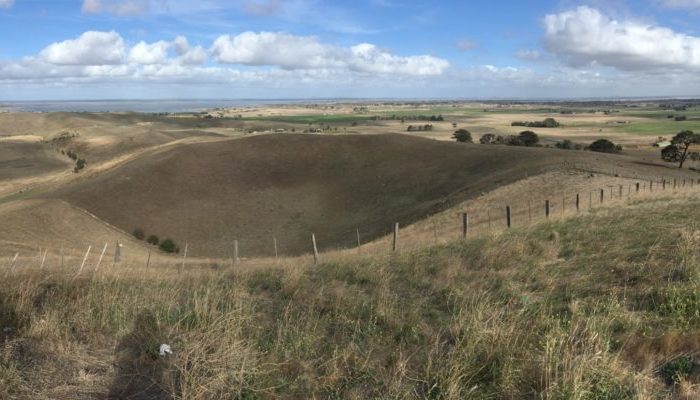
This edition of ‘Features from the field’ is brought to you by Sandra McLaren, a senior lecturer at the University of Melbourne. She will be talking about the volcanic activity and rocks in the Tower hill complex in Australia.
Volcanic activity is one of the most spectacular manifestations of our tectonically active planet. Volcanic eruptions can be highly dangerous when they occur near population centres, and there are many examples of significant impacts of volcanism on society, in the common era and recorded through oral history in Indigenous populations.
Because of these well documented impacts on society – and the visibility of volcanoes in our landscapes – volcanism is one of the most relatable areas of Earth science for many people. For geologists, we can study both currently active volcanoes, as well as older volcanoes preserved within the geological record. From volcanic products that date back to the earliest periods of Earth history (such as are preserved in Archaean granite-greenstone belts) to the much more recent past. This rich geological record can help inform our understanding of currently active volcanoes, and the risks they might pose for communities.
In south-eastern Australia, an unusual volcanic province stretches around 400 km from southeastern South Australia to around Melbourne, the capital of Victoria and the second largest city in Australia. This is the Western District volcanic province and it includes the Older Volcanic Group (c. 40-25 Ma), as well as much younger volcanism, dated from around 5 million years to very recent times (the youngest volcanic centres are around 5000 years old). The volcanic field is not extinct but inactive, something that can come as a surprise to many Australians, who think of their continent as geologically ‘mature’ without significant hazard from earthquakes or volcanism.
The younger eruptions were often in maar volcanoes that form when molten rock meets groundwater. The combination generates highly explosive eruptions that produce large volumes of ash, super-heated steam and gas, and some larger rock fragments termed ‘bombs’.
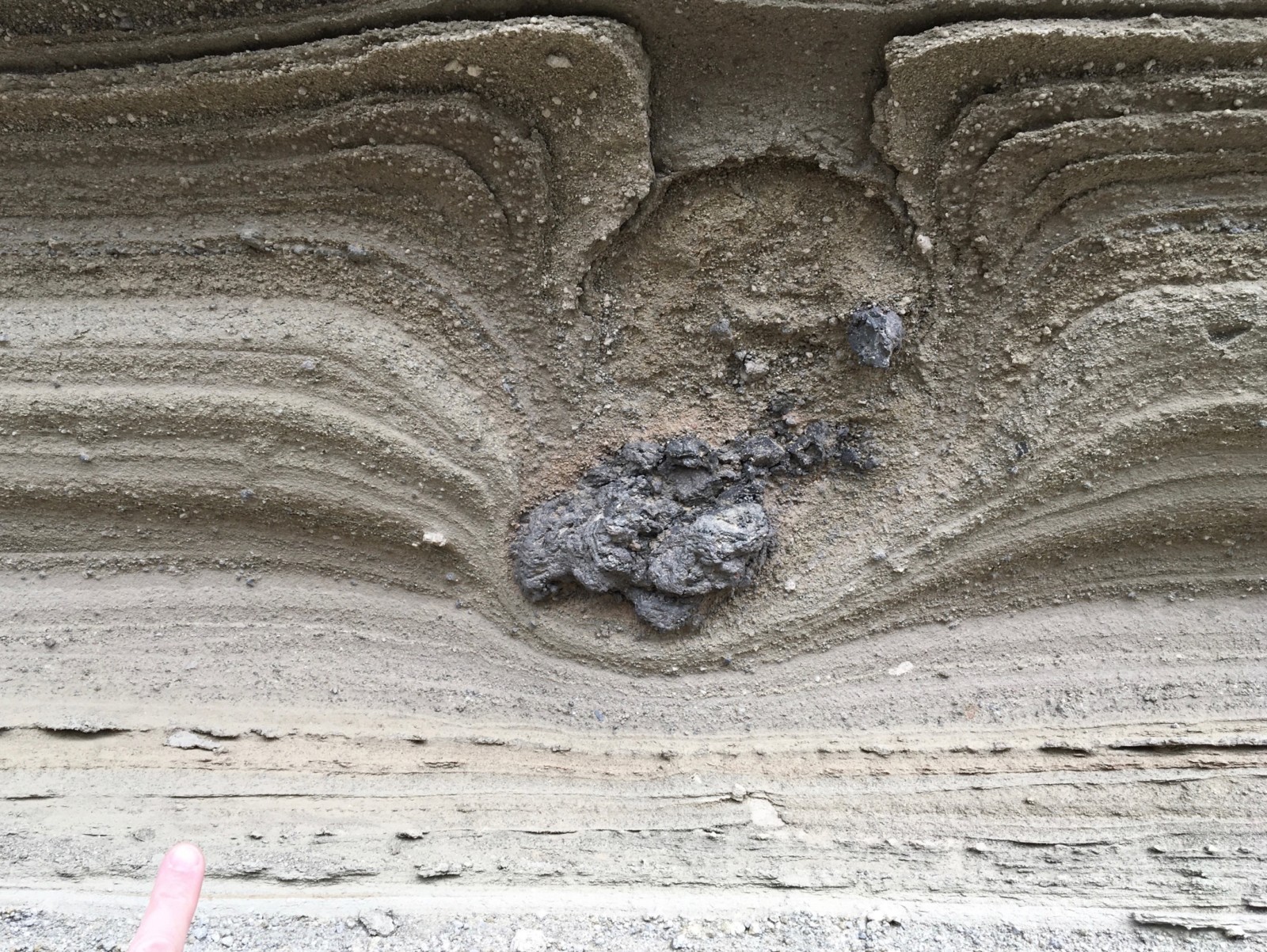
Basaltic lava ‘bomb’ within laminated ash deposits at Tower Hill (credit: Sandra McLaren).
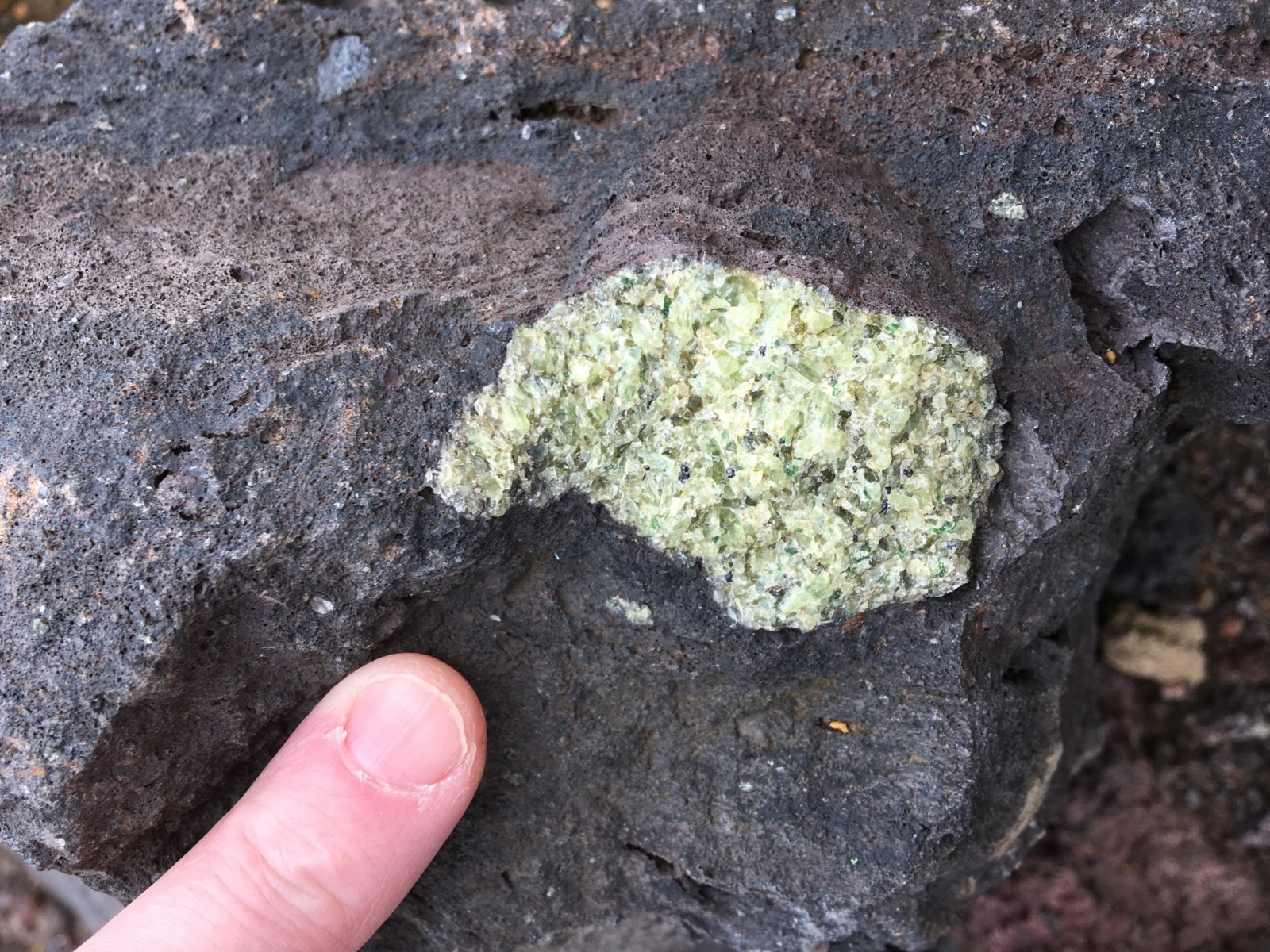
Olivine-rich xenolith within basaltic lava in western Victoria (credit: Sandra McLaren)
One of the most spectacular examples of maar volcanism is Tower Hill near Warrnambool, a globally significant nested maar complex. It is an area highly significant to the local Gunditjmara Indigenous population. Stories of volcanism in their oral histories and recent dating have provided new evidence for the community living in the area at the time of volcanism, around 34,000 years ago (Matchan et al., 2020).
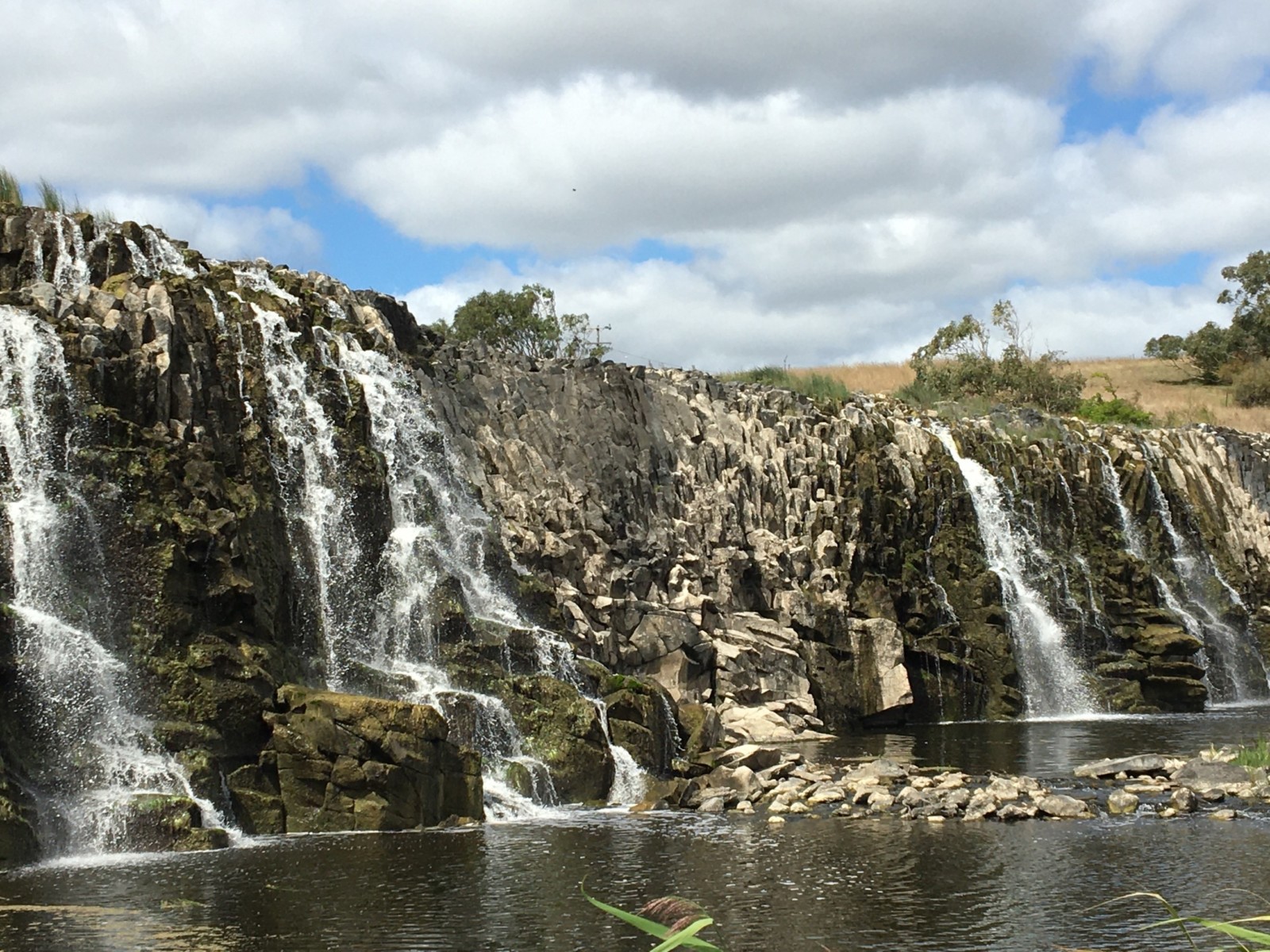
Columnar Basalts at Hopkins Falls Scenic Reserve (credit: Sandra McLaren)
Tower Hill preserves remarkable ash and scoria deposits from both airfall and base surge processes. The ash layers also contain larger fragments of both basalt and the surrounding limestone country rock. On the margins of the maar these layers show an array of exceptional features. Ash layers show clear evidence of ripple marks and cross-beds associated with deposition within base surge deposits. There are many volcanic bombs of scoria, basalt and country rock limestone that ‘sink’ into the underlying hot ash layers as they land, forming spectacular geological structures. Exceptional preservation of both landforms and smaller scale geological structures contributes to the significance of the Tower Hill complex.
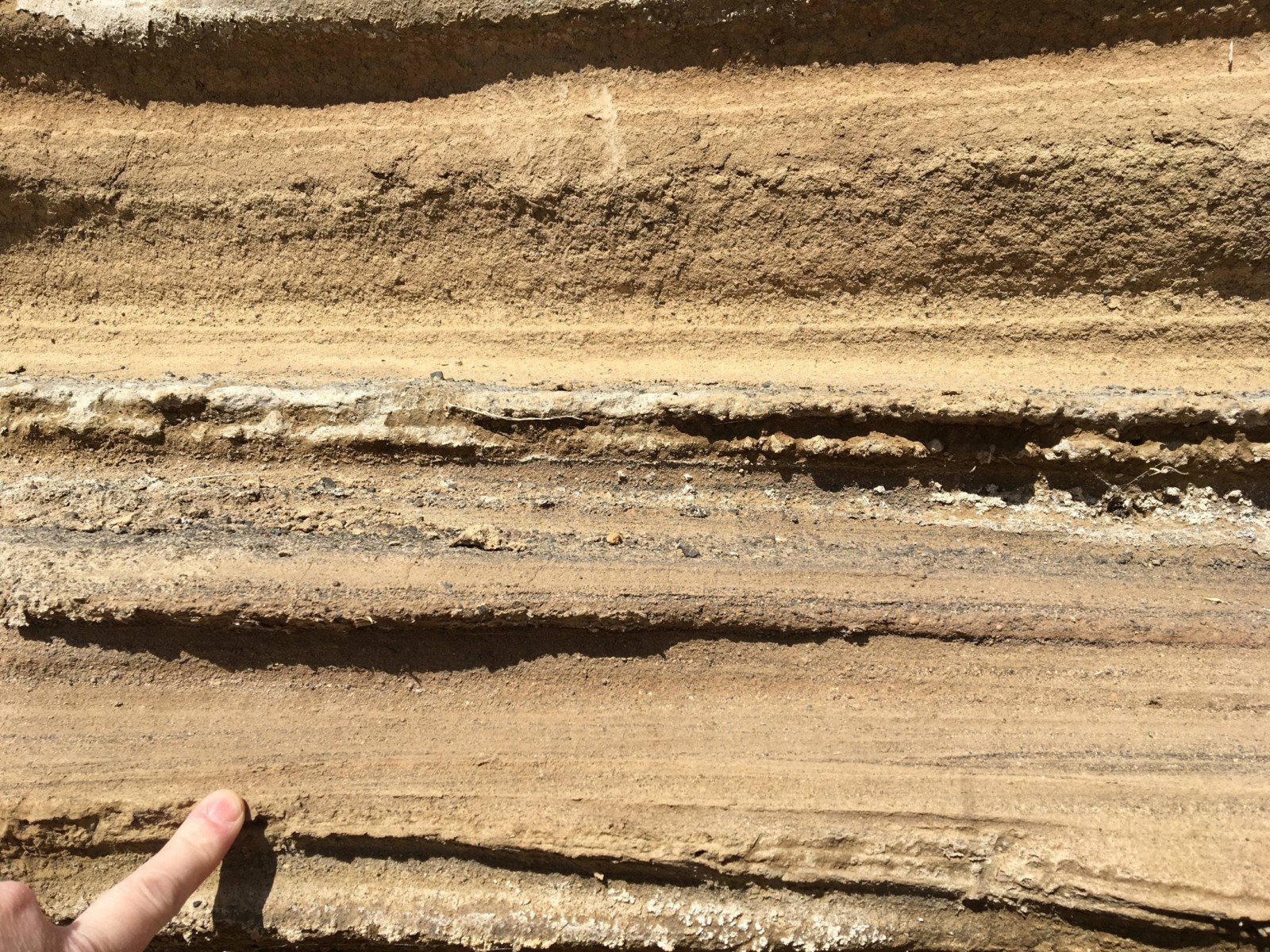
Ash layers on the margin of Lake Bullen Merri in Western Victoria (credit: Sandra McLaren)
References and further reading
Orth & King (1990) The Geology of Tower Hill http://earthresources.efirst.com.au/product.asp?pID=735&cID=61
The Geology of Victoria:
https://earthresources.vic.gov.au/geology-exploration/victorias-geology https://www.gsavic.org/vic-geology.html
Matchan, Phillips, Jourdan, Oostingh, (2020) Early human occupation of southeastern Australia: New insights from 40Ar/39Ar dating of young volcanoes, Geology, 48 (4), p. 390-394 https://pubs.geoscienceworld.org/gsa/geology/article-abstract/48/4/390/581018/Early-human-occupation-of-southeastern-Australia?redirectedFrom=fulltext
AND

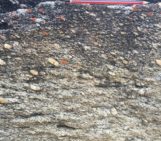
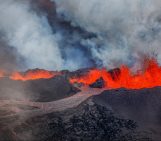

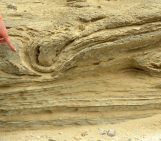
SADANAND BOKSHE
Very good article. Thanks for information. We are located on Deccan plateau at Nagpur in Maharashtra, India.